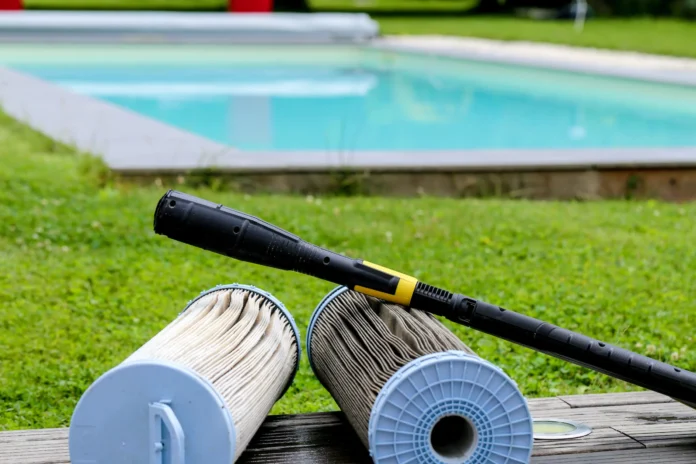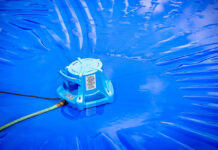A crystal-clear pool is the centerpiece of many outdoor spaces, providing a refreshing oasis on hot summer days. However, maintaining a clean and healthy pool requires regular attention to its various components, and one of the key elements in this regard is the pool filter. A clean pool filtration system ensures that your pool water remains clear and free of debris, making it safe for swimming and extending the lifespan of your pool equipment. In this comprehensive guide, we will explore step-by-step tips for cleaning a pool filter effectively in 2024.
Understanding the Importance of a Clean Filter
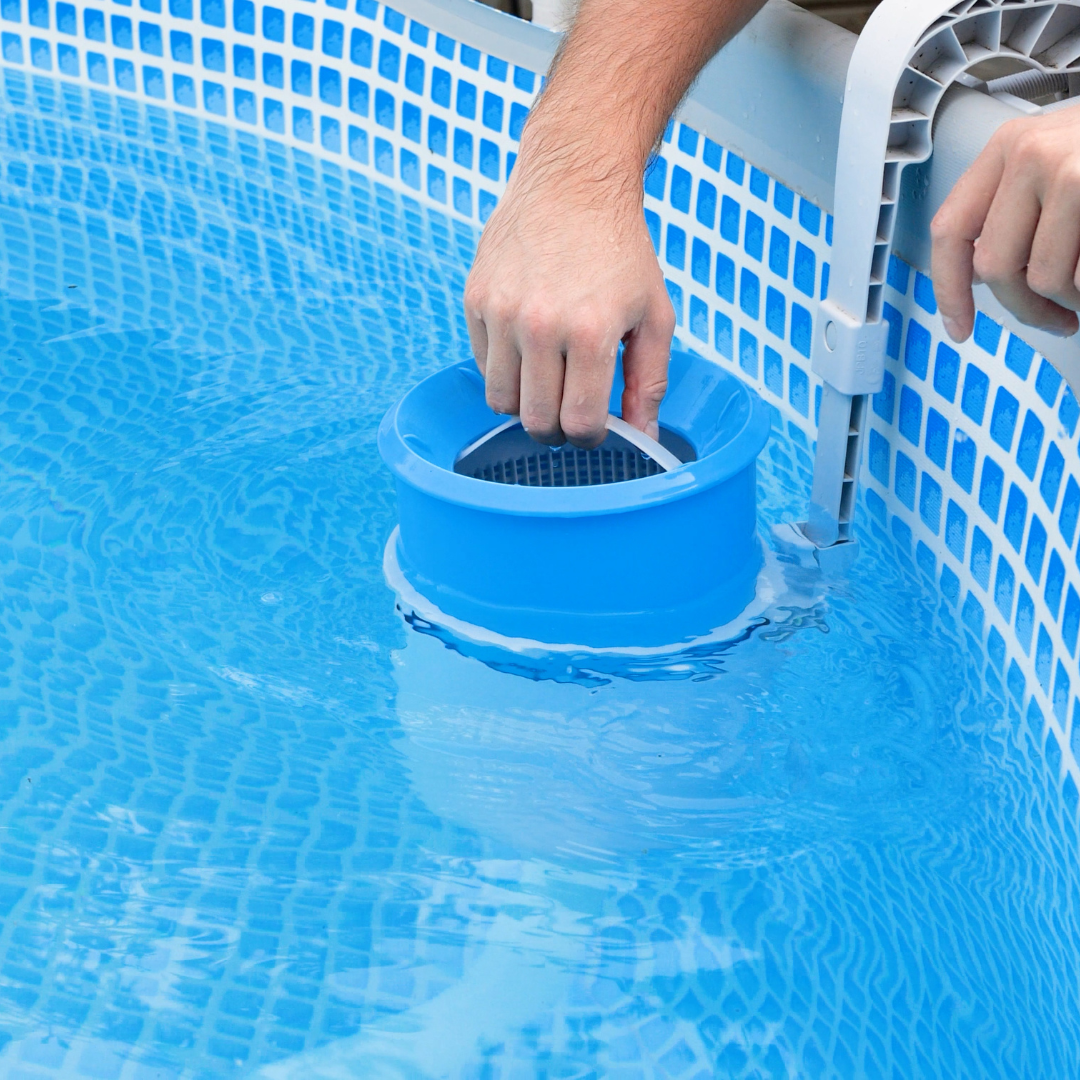
Before we dive into the cleaning process, let’s briefly discuss why it’s essential to keep your filtration system in top condition. Your filtration system plays a crucial role in removing impurities from the water, including dirt, leaves, and even microscopic particles. Here are some compelling reasons to prioritize maintenance.
Improved Water Quality: A clean filtration system ensures that your water remains clear, sparkling, and inviting.
Enhanced Pool Equipment Efficiency: A well-maintained one allows your pump to work more efficiently, saving energy and reducing operating costs.
Longer Equipment Lifespan: Regular maintenance can extend the lifespan of your equipment, reducing the need for costly replacements.
If you need help to figure out cleaning intervals and how to properly clean your pools filters, check out pool cleaning Sacramento and discover more on that with the help of professionals.
Now, let’s move on to the step-by-step guide for cleaning your filtration system without any unnecessary fluff.
Step 1: Gather Your Tools
Before you begin, it’s essential to gather all the necessary tools and equipment. You’ll need a pair of safety goggles, a pair of chemical-resistant gloves, a garden hose with a spray nozzle, a filter wrench (for some types), a large bucket or plastic container, and a filtration system cleaning solution (optional).
Step 2: Turn off the Pool Pump
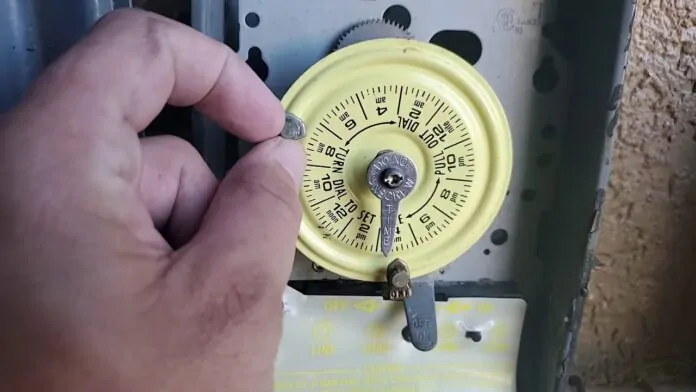
Safety first! To avoid any accidents or injuries, turn off the pool pump. It’s crucial to ensure that the pump is not running while you work on the filter.
Step 3: Release Pressure from the Filter
Next, release the pressure from the system. Depending on your filter type, this can be done in one of two ways:
For a multiport valve, turn the valve handle to the “backwash” or “release” position.
For a cartridge or diatomaceous earth (DE) filter, open the air relief valve on the top.
Step 4: Remove the Element
Carefully open the filtration system housing to access the filter element. Be cautious and wear your safety goggles and gloves throughout this process to protect yourself from any debris or chemicals.
Step 5: Rinse the Element
Using your garden hose with a spray nozzle, thoroughly rinse the element. Start from the top and work your way down, making sure to remove all visible dirt and debris. Pay extra attention to the pleats or grids of the filter element.
Step 6: Soak the Filter (Optional)
For a deeper clean, you can soak the element in a bucket or plastic container filled with a filter cleaning solution. Follow the manufacturer’s instructions for the recommended soaking time.
Step 7: Inspect the O-Ring
While the filter element is out, take a moment to inspect the O-ring or gasket for any signs of wear or damage. If you notice any issues, replace the O-ring to prevent leaks.
Step 8: Reassemble the Filter
After cleaning and inspecting the element, carefully reassemble the filter housing. Ensure that all components are properly aligned and seated.
Step 9: Turn on the Pool Pump
Now that the filtration system is reassembled, it’s time to turn the pump back on. Monitor the pressure gauge to ensure that it returns to a normal operating range.
Step 10: Check for Leaks
As the pump runs, check for any signs of leaks around the filter housing. If you notice any leaks, immediately turn off the pump and address the issue.
Step 11: Monitor Filter Pressure
After checking for leaks and ensuring that the housing is secure, it’s essential to monitor the pressure regularly. A clean filtration system will operate within a specific pressure range, which can vary depending on your pool system and the type of filtration system you have. By keeping an eye on the pressure gauge, you can detect any issues with the filter’s performance. If the pressure rises significantly above the normal range, it may indicate that the filter needs cleaning again.
Step 12: Schedule Routine Maintenance
Cleaning is not a one-time task, it’s part of ongoing maintenance. To ensure your remains are clean and safe, establish a routine filter maintenance schedule. Depending on factors like pool usage and environmental conditions, you may need to clean the filter every few weeks or months. Regular maintenance reduces the risk of filter clogs and prolongs the life of your equipment.
Step 13: Consider Professional Service
While cleaning your filtration system is a manageable DIY task, there may come a time when you need professional assistance. If you encounter persistent issues with your water quality or notice that the filtration system requires frequent cleaning, it’s a wise choice to consult a pool maintenance professional. They have the expertise and tools to diagnose and resolve complex filter problems. Additionally, a professional service can conduct comprehensive pool inspections and provide recommendations to optimize your pool’s performance, ensuring a trouble-free swimming experience for you and your family.
Conclusion
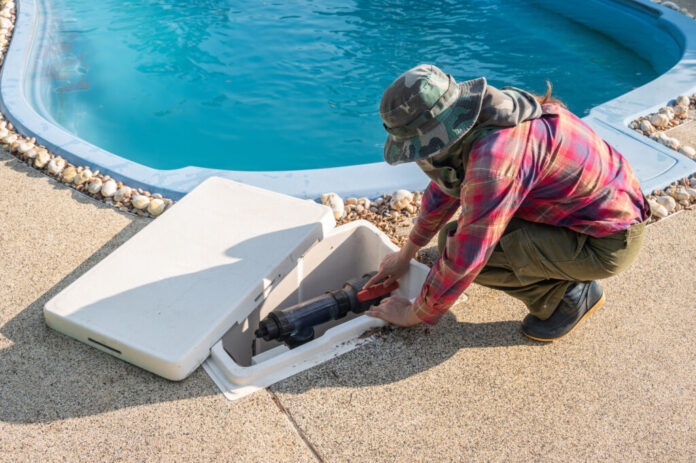
Regularly cleaning your filtration system is a vital part of pool maintenance that should not be overlooked. By following these straightforward steps, you can ensure that your filter operates at its best, providing you with clean and inviting water all summer long. Remember, a well-maintained filter not only keeps your pool beautiful but also contributes to the longevity of your pool equipment, saving you time and money in the long run.
